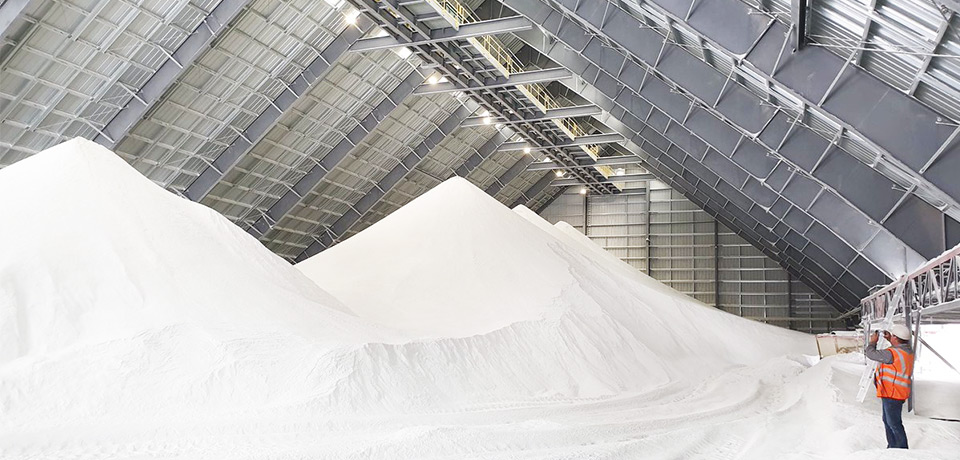
Calcium carbonate
Ground calcium carbonate (GCC) is a chemical compound with the formula CaCO3. Calcium carbonate is the active ingredient in agricultural lime, and is created when calcium ions in hard water react with carbonate ions creating limescale. It is commonly used medicinally as a calcium supplement or as an antacid.
Precipitated calcium carbonate (PCC) is also a product derived from lime, which has many industrial applications. PCC is made by hydrating high-calcium quicklime and then reacting the resulting slurry, or “milk-of-lime”, with carbon dioxide. In the PCC process, products can be made with very small sizes, with high surface areas, high oil absorptions, and/or with different powder bulk densities— from ultra-low to super-high powder densities. The different shapes allow PCC to act as a functional additive in sealants, adhesives, plastics, rubber, inks, paper, pharmaceuticals, as well as nutritional supplements.
Precipitated calcium carbonate (PCC) is also a product derived from lime, which has many industrial applications. PCC is made by hydrating high-calcium quicklime and then reacting the resulting slurry, or “milk-of-lime”, with carbon dioxide. In the PCC process, products can be made with very small sizes, with high surface areas, high oil absorptions, and/or with different powder bulk densities— from ultra-low to super-high powder densities. The different shapes allow PCC to act as a functional additive in sealants, adhesives, plastics, rubber, inks, paper, pharmaceuticals, as well as nutritional supplements.

Innovation and Application Development
In addition to providing day-to-day technical customer support for all markets where Calcica products are used, Calcica's technical specialists and scientists constantly strive towards developing and implementing new products and applications, as well as improving existing ones. This includes developing new calcium carbonate grades that are tailor-made for specific needs within a given industrial segment or optimizing existing products according to the changing needs in a dynamic industrial environment.
The Calcica advantage is based on the very close interconnection of research and application development specialists together with sales and marketing, and all with our finger on the pulse of industrial and customer needs.
The Calcica advantage is based on the very close interconnection of research and application development specialists together with sales and marketing, and all with our finger on the pulse of industrial and customer needs.

How Does PCC Differ From GCC?
In chemical composition, they are the same. PCC is purer than the limestone from which it is made, and is lower in silica and lead. PCC’s shape and size are different from that of ground calcium carbonate (GCC). Under high magnification, GCC is seen to be irregularly rhombohedral in shape. The PCC crystal shape depends on the product, and the particles are more uniform and regular.
The distribution of particle sizes in a GCC is much broader than for a PCC of the same size—that is, there are many more large particles and many more small particles than in a PCC, and the size of the largest of the particles (the "top size") is much greater for a GCC than for a PCC. The lower top size of a PCC gives better impact resistance in plastics than with a GCC. The narrower particle size distribution allows the generation of high oil absorptions, useful in certain applications.
The distribution of particle sizes in a GCC is much broader than for a PCC of the same size—that is, there are many more large particles and many more small particles than in a PCC, and the size of the largest of the particles (the "top size") is much greater for a GCC than for a PCC. The lower top size of a PCC gives better impact resistance in plastics than with a GCC. The narrower particle size distribution allows the generation of high oil absorptions, useful in certain applications.
